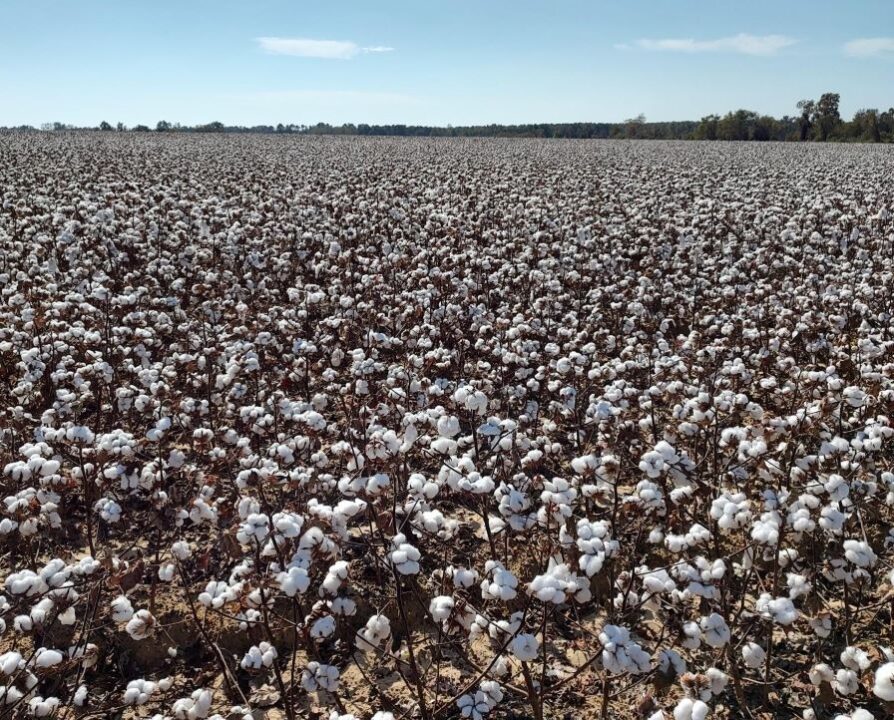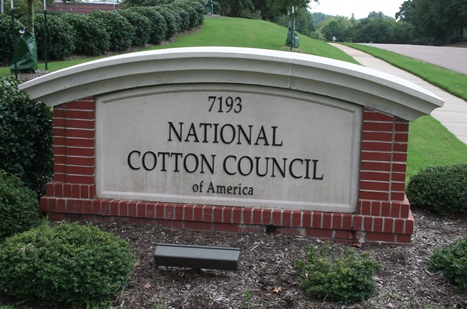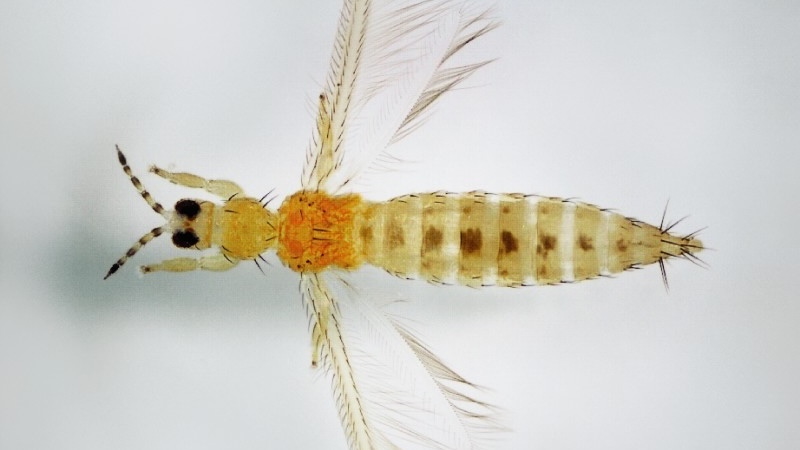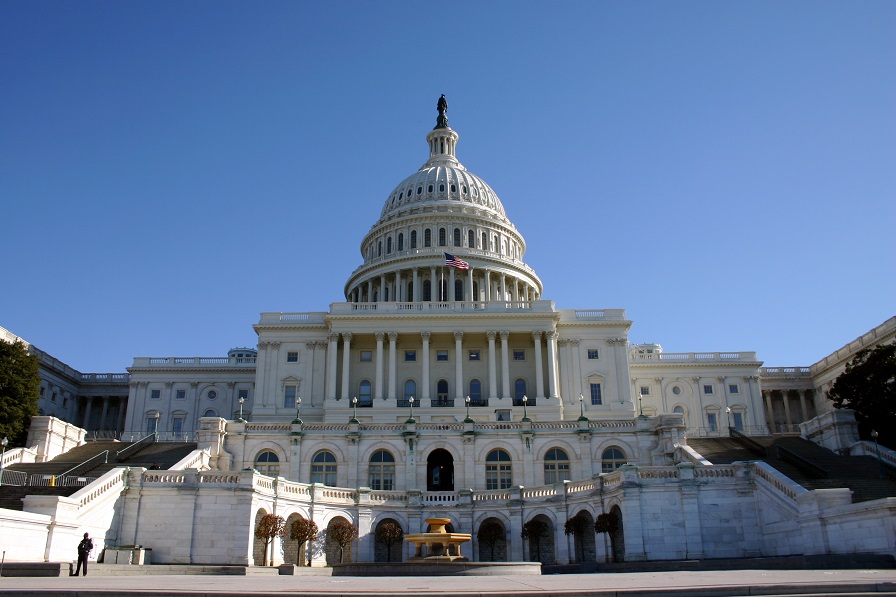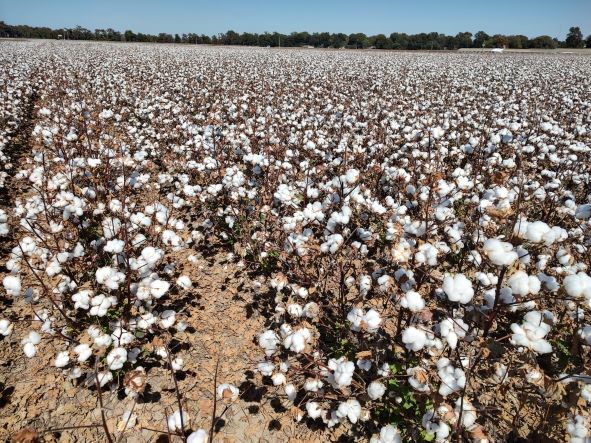Panelists’ Views on Pricing, Sourcing, Demand Enhancement and Marketing
Robert Antoshak, Managing Director, FCStone Fibers & Textiles
Andrew Olah, Co-founder, Olah Inc.
Richard W. Silvia, President, RWS Marketing & Sales
Wolfgang Bertenbreiter, Vice Project Director of the Competitive African Cotton Initiative
1. Please provide a short description of the material you plan to cover during the Third Open Session: “The Impacts of Social and Environmental Standards on Demand for Cotton and Textiles.”
RA: My focus will be on supply and demand issues — in particular, cotton prices and the impact those prices have on downstream consumers and, in turn, how downstream consumption can impact cotton prices.
AO: My focus will be on how we conduct product development and demand enhancement: How does one create demand for fabrics?
RS: My concentration will primarily cover the issues of fabric and finished-product sourcing and product development of textiles. My perspective will primarily be how cotton sourcing is handled in the home furnishings industry and how global environmental changes will affect the way cotton is marketed to the retailer and, ultimately, to the consumer. The issue of rising cotton prices and how this will affect market trends will also be discussed.
WB: My presentation will cover the cotton made in Africa: the sustainability criteria matrix; verification system of Cotton made in Africa (CmiA) on farmers and ginnery level; and commercial model and marketing strategy.
2. What social/environmental standards should be the highest priorities for cotton professionals today? What are the implications for the industry if they aren’t addressed?
RA: I will comment on an apparent shift in the importance of sustainable production — which is a tangible form of “green” production — away from organic production, a form of production that has proven to be less than verifiable.
AO: I am very interested in talking about social compliance for apparel and lack of social compliance for the production of textiles. Why the dichotomy? Any industry that does not pay attention to social responsibility will ultimately face consumer backlash. How does one avoid this?
RS: The consumer is becoming more aware of social responsibility and sustainability and the cotton industry needs to make the retail market aware of the changes that are taking place in organic and sustainable cotton. The industry needs to be in the forefront in marketing the benefits of cotton while at the same time getting the message out that sustainable practices will benefit the consumer and the cotton industry as well.
WB: From of marketing and consumer perspective, there are two major environmental issues: use/handling of pesticides and soil and water conservation as both themes can and will be used by NGOs for striking campaigns against cotton companies but as well as textile companies sourcing cotton. At present, most of the major textile retailers are developing sustainability policies and looking forward to source in the long run only cotton which is environmentally sound produced. Also, from the view of the production side, pesticide use and soil/water conservation are the most important issues, as due to correct pesticide application (technique and product) acute pesticide poisoning of humans and soils can be avoided and due to correct SWC soil fertility and productivity can be maintained in the long run. If the cotton industry is not taking into account the sustainability policies of the major retailers, cotton companies will lose market share or have to accept lower prices for their cotton. Regarding social standards … Child labor and bonded/forced labor are the most pressing issues and have to be considered. All voluntary standard initiatives have defined these two issues as exclusion criteria. Having learned from the discussions with retailers that a label should have a tangible social impact and supporting attributes around ethical production and the environmental sustainability have validated high relevance for the retailers CmiA is now working on a differentiated core value proposition as a branding element.
3. Different regions of the world have drastically different priorities, when it comes to social norms and concerns for the environment. How much of a problem is that, and how do international organizations such as ICAC take those different perspectives into account?
RA: I will make comments on this topic as related to organic cotton production, as the concept of “organic” varies so much from region to region.
AO: ICAC’s members have entirely different sets of standards of operation. I don’t think ICAC can actually create any standard for all members. But they can discuss the differences with their membership and try to find/create answers to potential questions about social behavior.
RS: The cotton industry is a very diversified industry. Cotton is grown all over the world. As a basic commodity product, it is an important building block in emerging economies. The cotton industry must find a way to balance the needs of the cotton growing regions of Africa, India and China with the needs of the industrialized regions like the United States. The important issues of cotton subsidies, sustainable growing practices, and what is and is not organic cotton will continue to be important topics that will continue to confront the cotton industry. It will be important for organizations like ICAC be in the forefront in addressing these issues with member countries.
WB: The real question is how voluntary social and ecological standards set by NGOs and major retailers will influence social and environmental norms in cotton producing countries … and are these voluntary standards a barrier to cotton trade and marketing?
4. How will attendees be better positioned for success in their businesses after attending this session?
RA: Participants will walk away with a realistic assessment of cotton world in terms of prices, production practices and textile attitudes about using cotton in their products.
AO: Attendees can only gain from knowing more about how this industry operates, from planting seeds to selling garments.
RS: There will be many different perspectives from the members of the panel. The attendees will have a better understanding of the complexities of the textile chain from the perspective of basic cotton commodity issues to how cotton needs to be marketed to the retailer and ultimately to the consumer, and how these issues will affect every phase of the cotton industry from the textile mill right down to the cotton farmer.
WB: Attendees will know more about the importance and impact of voluntary social and ecological standards in cotton production and their impact on cotton marketing. By this attendees will know to position their business in the “standard environment.”




